History:
In 1964, the captivating story of Nike's inception began as a thrilling adventure. Phil Knight, a passionate runner, partnered with his track coach, Bill Bowerman, at the University of Oregon. Coach Bowerman, deeply committed to crafting the finest shoes for his runners, consistently explored innovative ideas.
A pivotal moment unfolded when Coach Bowerman created a custom pair of shoes for Phil Knight, and the results were astounding – another runner, Otis Davis, clinched an Olympic gold medal while wearing them. Following Phil Knight's graduation, a strategic insight led him to propose manufacturing shoes in Japan due to cost-effectiveness. He struck a deal in Japan, bringing the stylish Tiger shoes to the U.S.
The dynamic duo of Coach Bowerman and Phil Knight established Blue Ribbon Sports in 1964, introducing imported shoes that gained popularity for their quality and affordability. Despite initial success, a minor dispute with the Japanese company prompted a split in 1971, and Blue Ribbon Sports rebranded as Nike. The name of Nike was inspired from a dream featuring the Greek goddess of victory, Nike complemented it with the iconic swoosh logo.
Nike's trajectory continued to practice innovations like the "Waffle Trainer," conceived by Coach Bowerman's idea of pouring rubber into a waffle iron during breakfast. Despite initial challenges, including stuck waffle iron, they overcame obstacles, starting the renowned "Waffle Trainer."
Nike's popularity skyrocketed, bolstered by impactful campaigns such as "Just Do It" and endorsements from sports icons like Michael Jordan, Tiger Woods, Kobe Bryant, and LeBron James.
By 2019, Nike navigated through political complexities, including the cancellation of a shoe due to design controversies and the planning of a subscription service for kids' shoes.
Controversy:
Nike had some big problems in the past because of how they treated the people making their shoes. They wanted to make shoes in places where it's not expensive, so they moved from Japan to South Korea, China, and Taiwan. Then, when those places got more expensive, they went to Indonesia and Vietnam.
But, it turned out the workers in these places didn't have good conditions. A person named Jeff Ballinger talked about it in 1991, saying that the workers in Indonesia had a tough time, working for very little money.
People got really mad about this. They protested at the 1992 Olympics and didn't like how Nike treated the workers. There were big protests when Nike wanted to open more stores too.
Because of all the anger, Nike decided to make things better in 1998. They said workers needed to be older, they checked the factories more, and made sure the air was clean. In 1999, they even made a group called the Fair Labor Association to watch over things.
Nike looked at around 600 factories between 2002 and 2004, and in 2005, they told everyone where their factories are. Even though some people still talk about bad things happening in Nike factories, many people who care about human rights say Nike is doing better than before. The problems aren't as bad now, but some folks still keep an eye on Nike to make sure they're doing the right thing.
Changes in 2019
In 2019, Nike did something really big. They put a picture of a football player named Colin Kaepernick on their ads. He got in trouble because he kneeled during the national anthem to talk about how police treat black people. Some people liked him, but others said he wasn't a good American.
Even the President, Donald Trump, talked about it a lot. Colin Kaepernick didn't get to play for his team anymore, and no other team picked him. Nike's ad had a picture of him and words like "Believe in something. Even if it means sacrificing everything." People got upset and said they won't buy Nike anymore. Some even burned their Nike shoes!
But, guess what? It didn't really make Nike sad. Their company got even more popular, and their stock went up a lot – like over $6 billion!
Now, let's talk about how good Nike is for the environment. They are trying to be more eco-friendly, like using reusable stuff in their clothes. But some people say they still use bad things in making their stuff. Hazardous materials, they call it. It's not good for the people who make the clothes, the water, or the people who wear them.
Nike says they're trying to stop using these bad materials, and in 2018, they did better by using safer things in 93% of their products. But some people still aren't sure if Nike is doing enough to be really good for the environment.
Nike Timeline:
1964: Phil Knight and Bill Bowerman found Blue Ribbon Sports.
1971: Blue Ribbon Sports becomes Nike Inc., with a swoosh logo created by Carolyn Davis for $35.
1971: Bowerman creates the iconic waffle sole pattern for Waffle Trainers.
1972: Romanian tennis player Ilie Nastase becomes the first athlete to sign an endorsement with Nike.
1980: Nike completes its IPO with a price of 18 cents a share.
1984: Nike signs Michael Jordan, launching the Air Jordan series.
1988: The first "Just Do It" campaign launches.
1991: Activist Jeff Ballinger exposes poor working conditions in Nike factories.
1996: Nike signs Tiger Woods.
1998: Nike raises the minimum age of its workers and improves monitoring in response to protests.
2004: Nike acquires Converse for $309 million.
2018: Nike unveils an ad campaign featuring Colin Kaepernick, generating both support and controversy.
2019: Nike cancels the release of a shoe featuring the Betsy Ross flag and plans a subscription service for kids' shoes.
2019: Nike faces challenges due to the ongoing China-U.S. trade war but remains among the top analyst picks among the Dow.
2021: Nike's stock closes at $81.03 a share on August 14, down 2.75%.





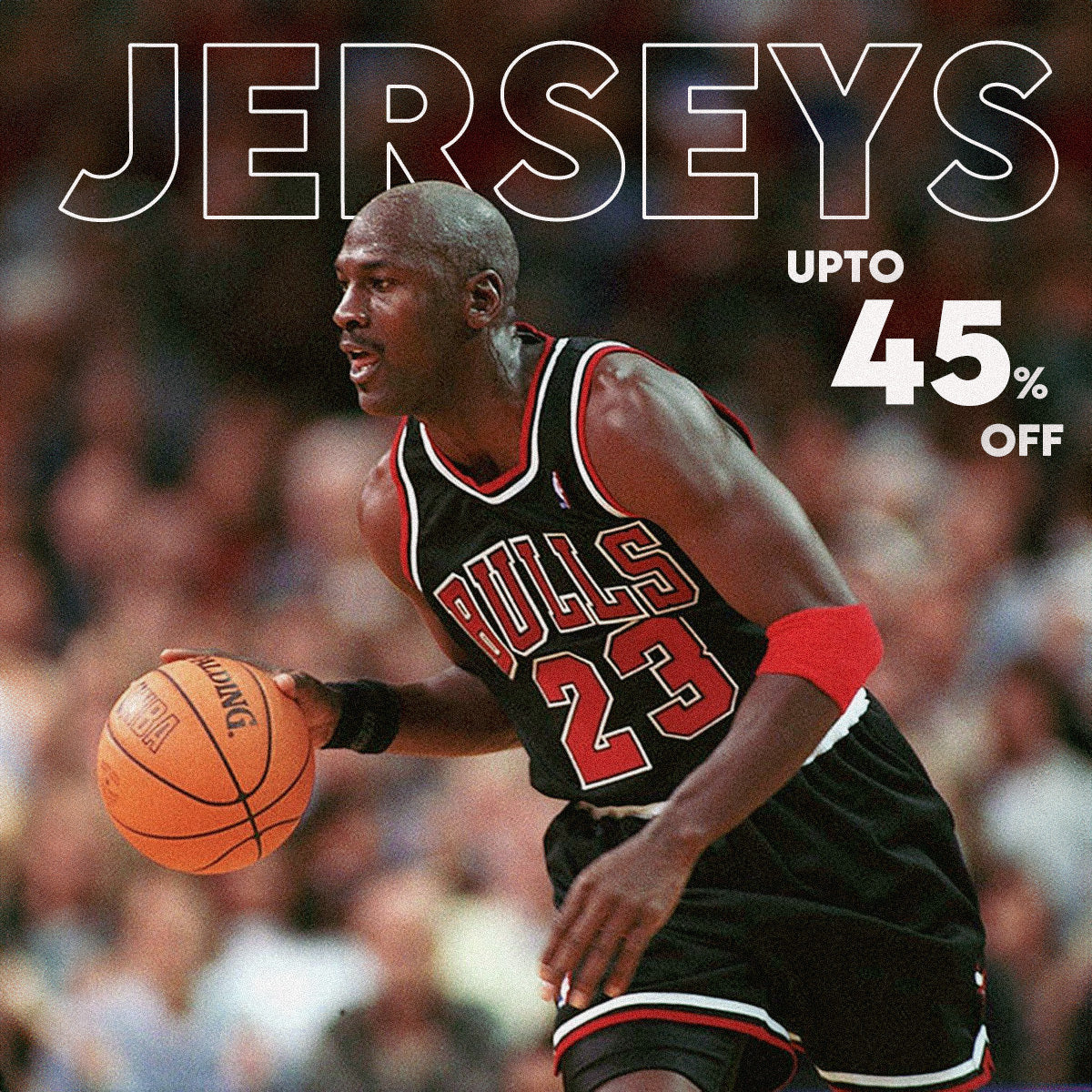

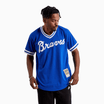
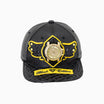
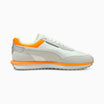
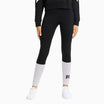

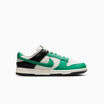
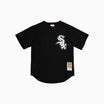

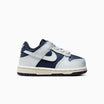
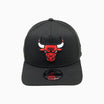
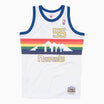
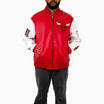
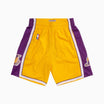
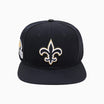

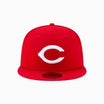

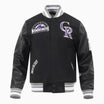
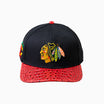
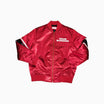
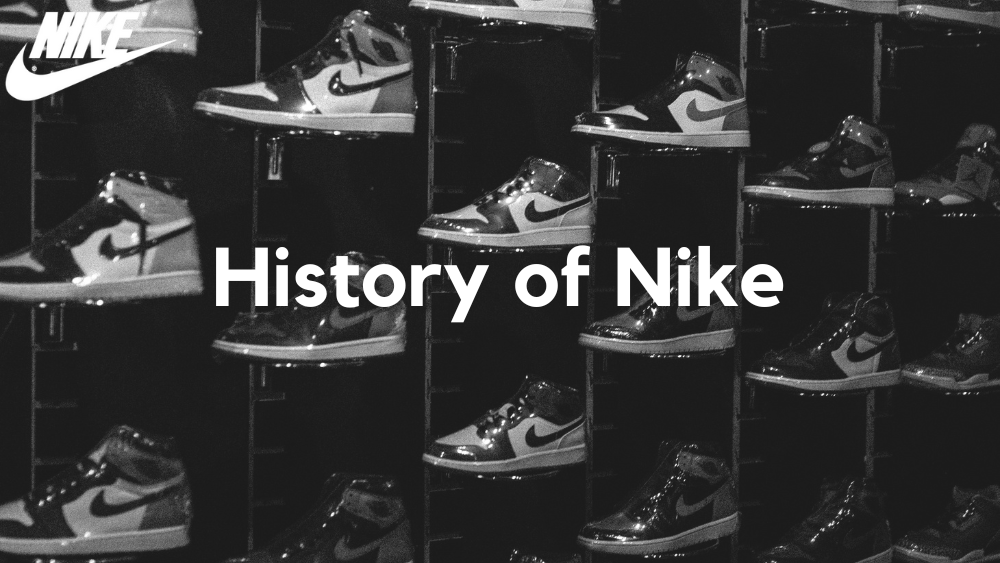
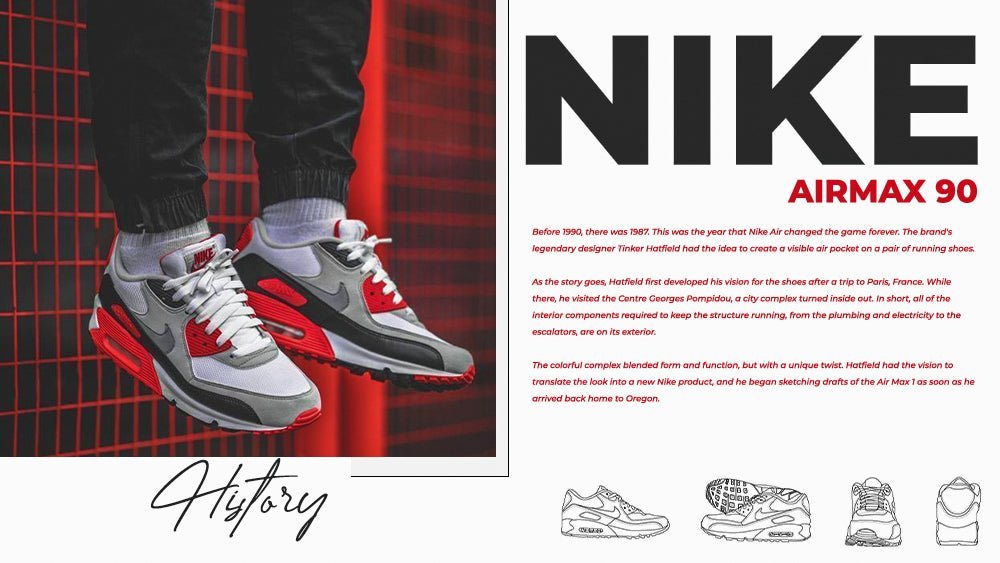
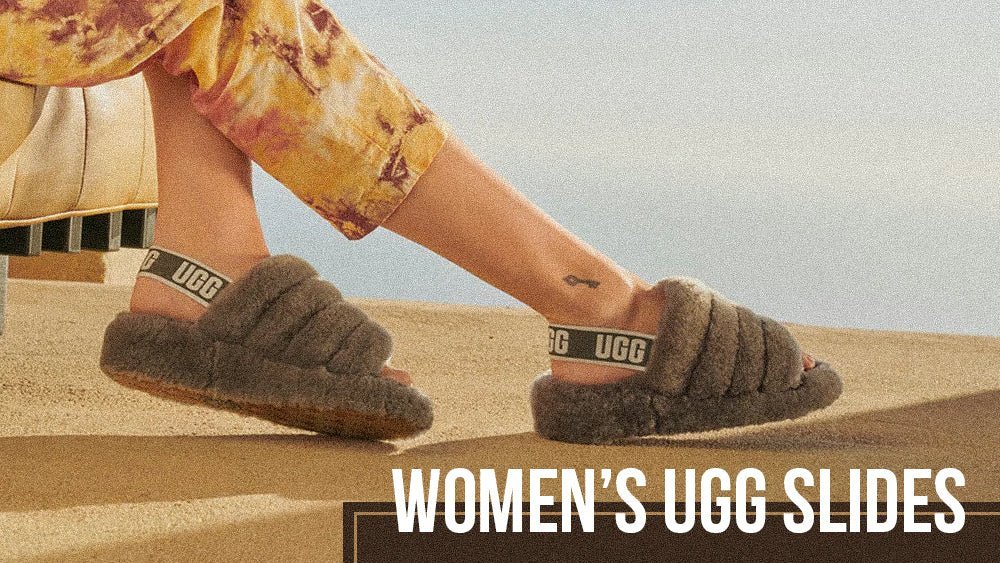
Leave a comment
All comments are moderated before being published.
This site is protected by hCaptcha and the hCaptcha Privacy Policy and Terms of Service apply.